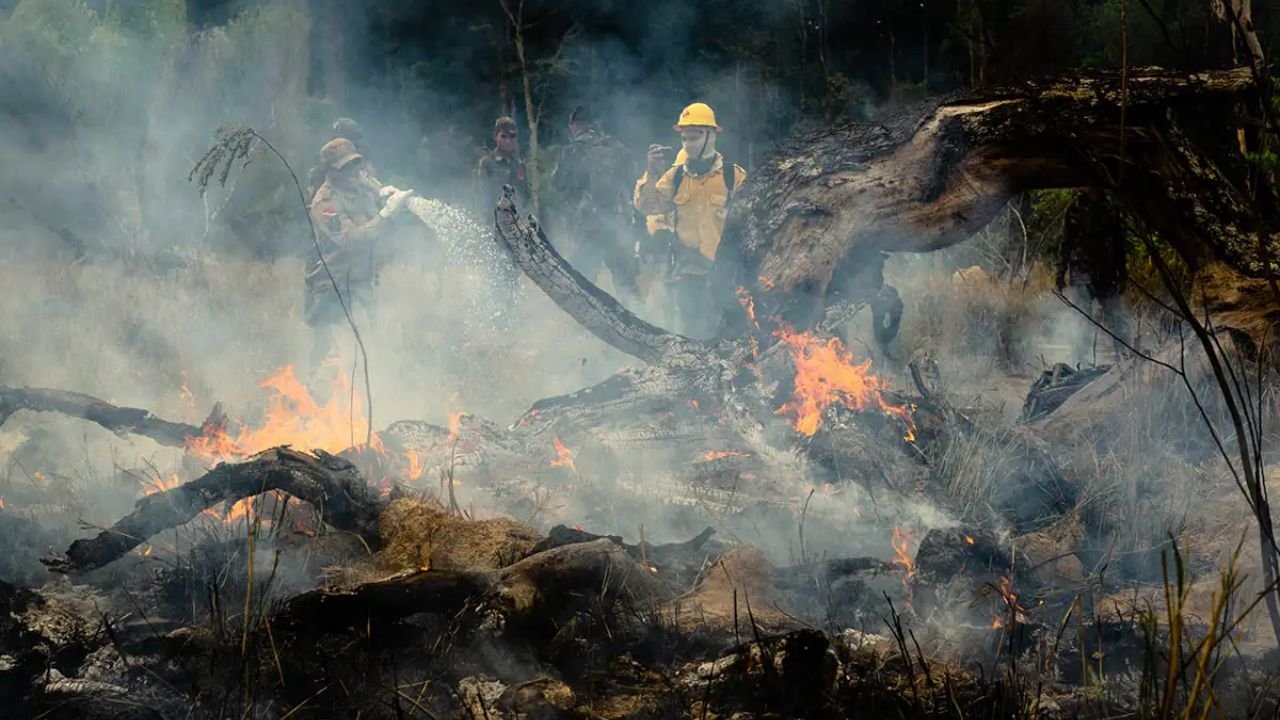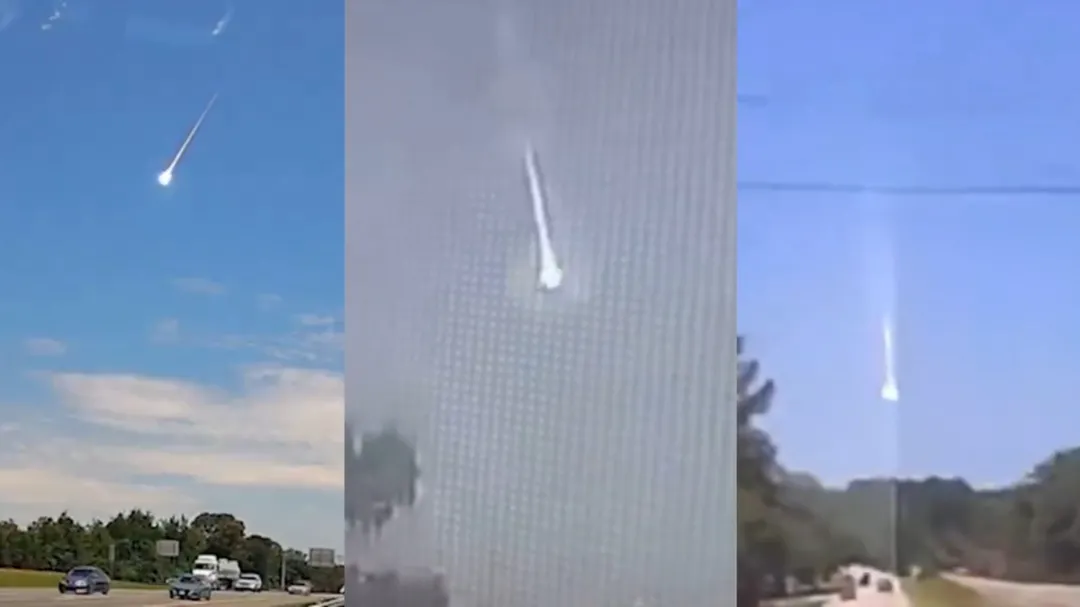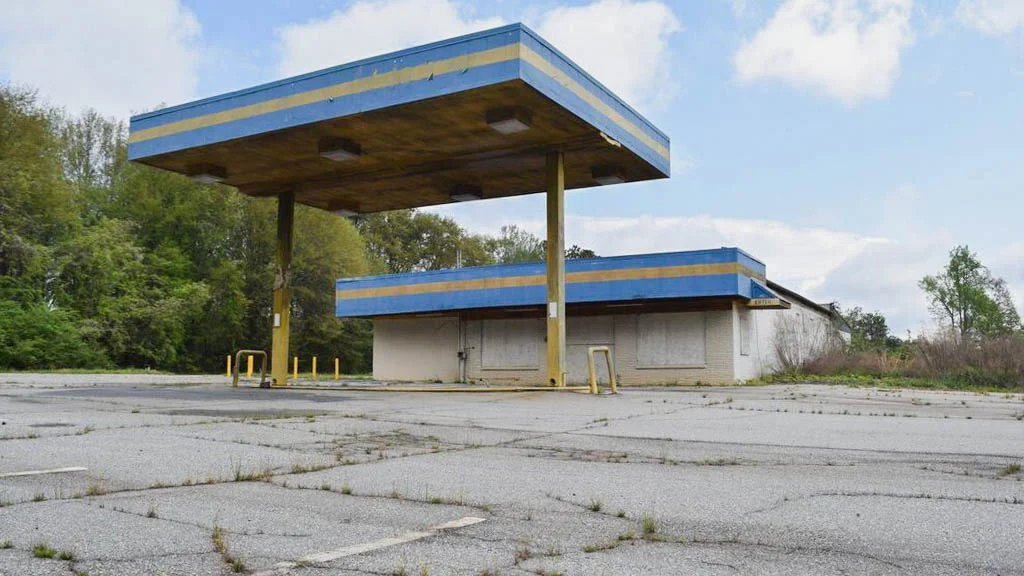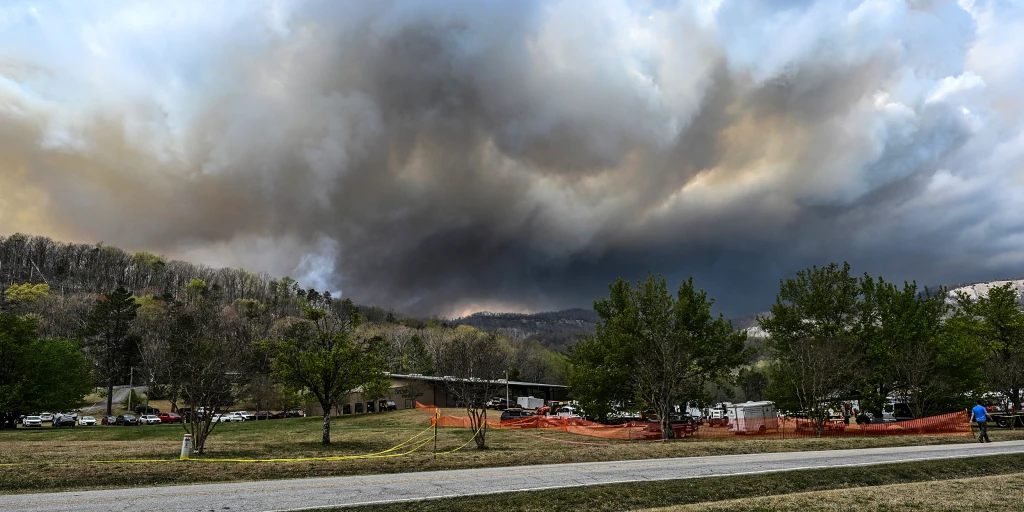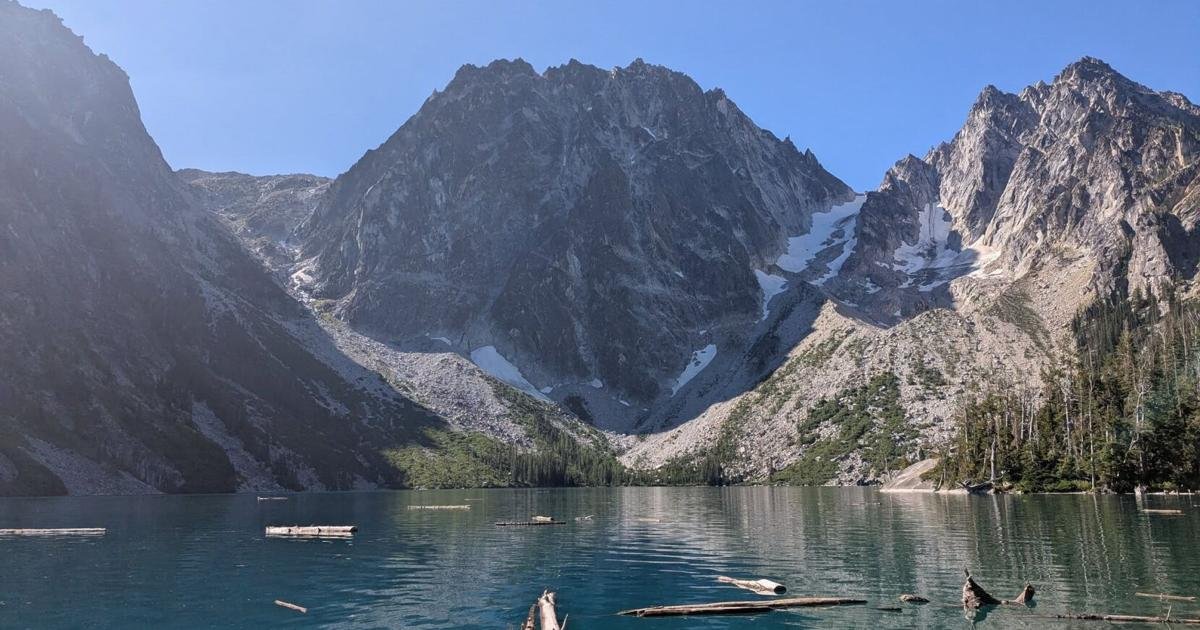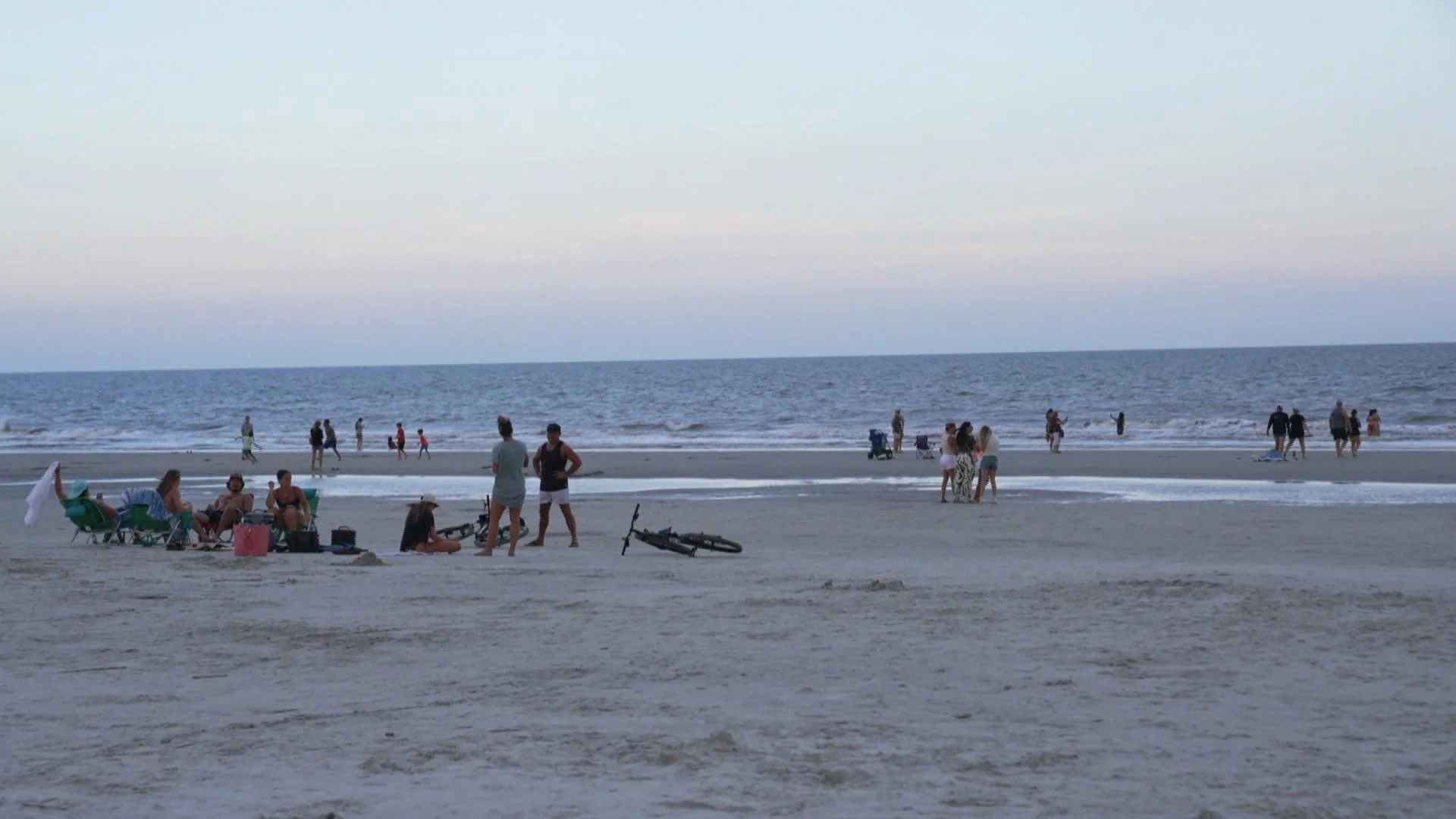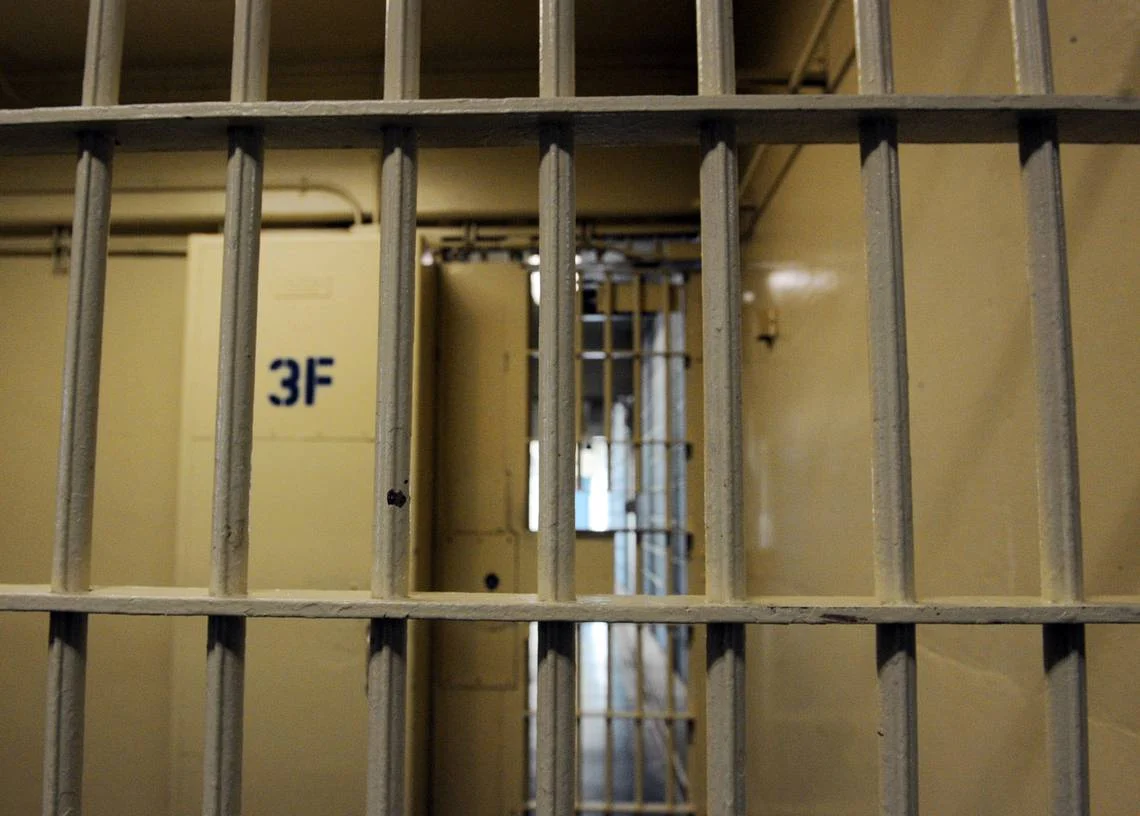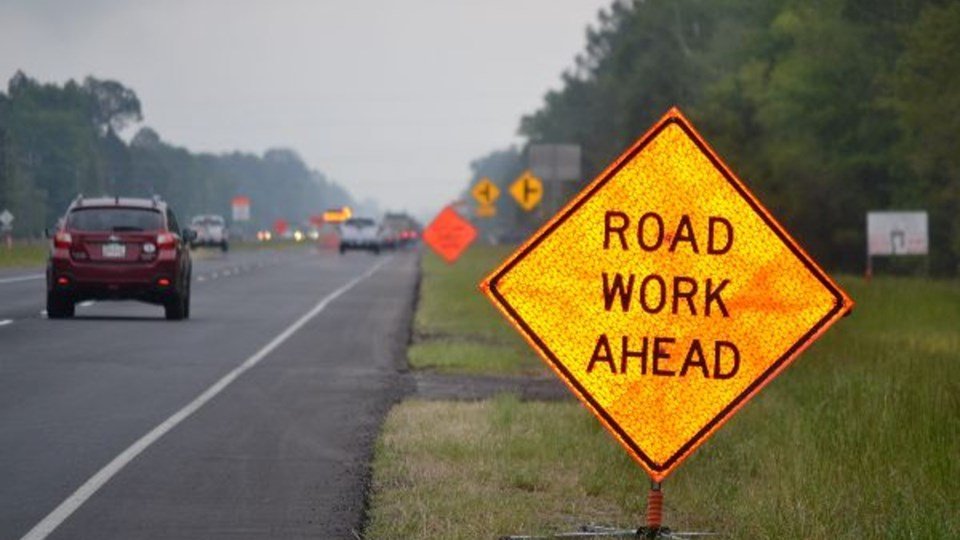LOS ANGELES
– As wildfires rage through Southern California, killing at least 24 people and forcing over 100,000 evacuations, environmental scientists are sounding the alarm on an even more insidious consequence: a surge in carbon emissions that could deepen the global climate crisis.
The fires, which have devastated areas including Mandeville Canyon and Pacific Palisades, are now being considered among the worst natural disasters in U.S. history, according to California Gov. Gavin Newsom.
A Dangerous Climate Feedback Loop
Experts say the wildfires are not just a symptom of climate change — they’re becoming a cause of it, too.
Dr. Kirsten Lees, an environmental science professor at the University of Derby, warned that
“intensifying fire regimes”
can trigger a
“vicious cycle”
where more carbon is released from vegetation, warming the planet further and setting the stage for even more fires.
“All vegetation takes up carbon as it grows,” Lees explained in
an interview with Yahoo News
. “When it burns, this stored carbon is rapidly lost to the atmosphere… This, in turn, exacerbates hotter, drier conditions which enable wildfires.”
How Much CO₂ Are We Talking About?
In 2022 alone,
wildfires contributed 5.3 billion tons of CO₂
to the atmosphere — more than any single country besides China, according to
Carbon Brief
.
“The carbon combustion rate — which measures how much carbon is released per unit of area burned — has increased by nearly 50% globally from 2001 to 2023,” said a study by the University of Exeter.
The Role of Climate Change in Fire Frequency
Human-driven climate change is directly linked to the growing frequency and intensity of wildfires. Dr. Renuka Thakore from the University of Central Lancashire noted that:
-
From 1971 to 2021
, climate change contributed to a
172% increase in burned areas
in California. -
From 1996 to 2021
, that number jumped to
320%
, fueled by higher temperatures, increased dryness, and more frequent lightning.
These conditions are now being described as the “perfect storm” for wildfires to ignite and spread uncontrollably.
Why Rebuilding Isn’t a Simple Fix
The environmental consequences of these fires don’t end once the flames are out.
Dr. Lees cautioned that, in many cases,
entire ecosystems may struggle to recover
, leading to long-term changes in vegetation and biodiversity. When forests fail to regrow, their ability to store carbon — a critical tool in fighting climate change — is permanently lost.
NASA echoed this concern in a recent report, stating that while
some fire is natural and necessary
, the
scale, severity, and frequency
now observed in places like California are well beyond historic norms.
“Wildfires are now destroying not just underbrush, but entire landscapes,” the
USDA noted
, citing extended drought, invasive species, and poorly planned development as aggravating factors.
Why This Matters Globally
Forests act as the world’s lungs, absorbing carbon from the air. But every acre lost to fire undermines reforestation and carbon-offsetting efforts.
“Wildfires now threaten our ability to meet international climate goals,” Dr. Lees said. “We’re reaching a tipping point where the forests we depend on to fight climate change are becoming its victims.”
Reforestation programs are underway in many regions, but their success
depends on long-term carbon storage
— something fires can erase overnight.
As wildfires grow more frequent and deadly across the globe, the message from scientists is clear: without serious mitigation efforts — from better fire management to curbing fossil fuel emissions — we risk triggering
unstoppable climate feedback loops
.
“We can’t treat these wildfires as isolated events,” Dr. Thakore warned. “They are the loudest alarm bells yet in a crisis we can’t afford to ignore.”
What’s your community doing to prepare for the risks of worsening wildfires and climate change? Share your thoughts or tips with us at
SaludaStandard-Sentinel.com
.
